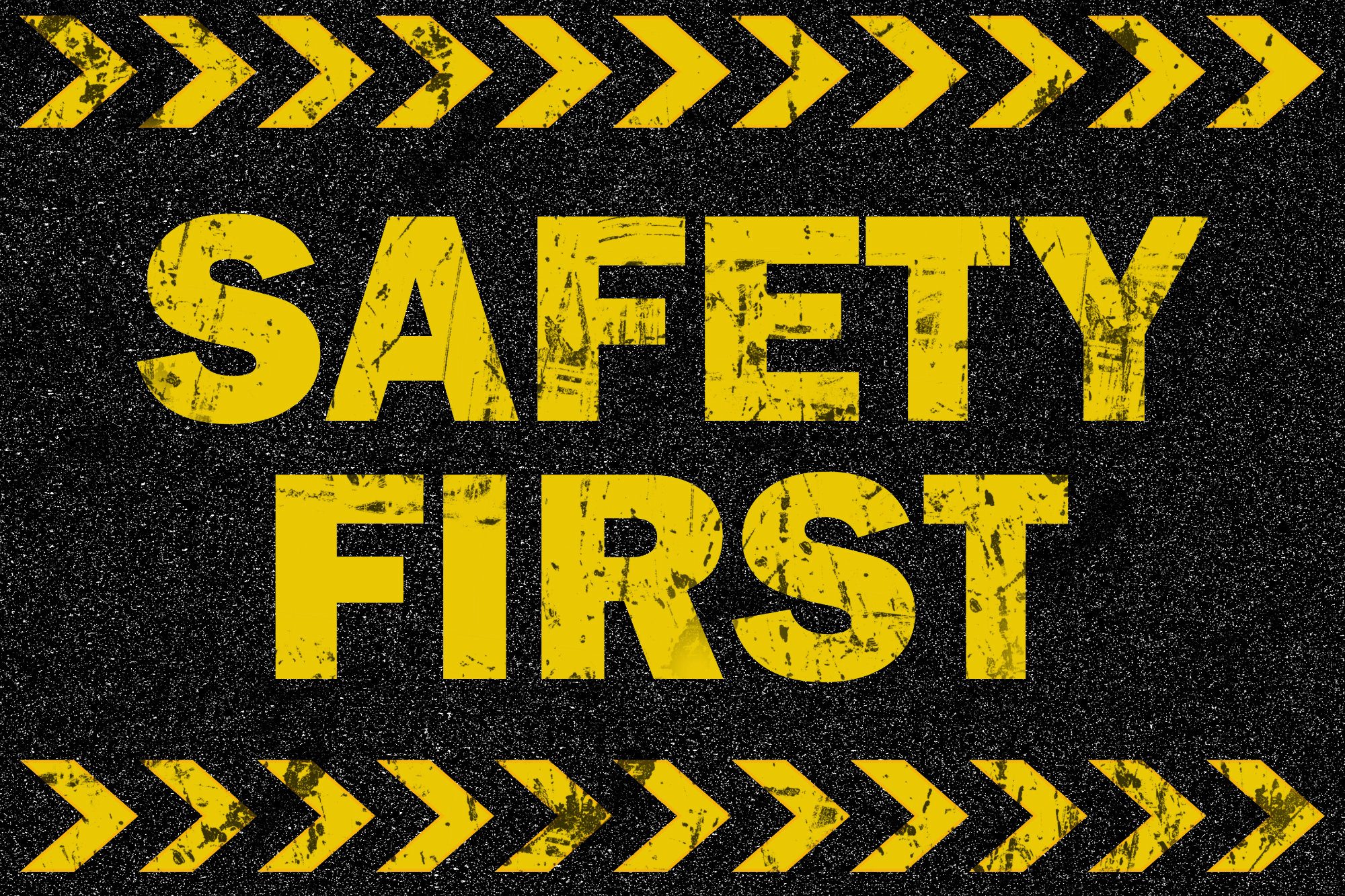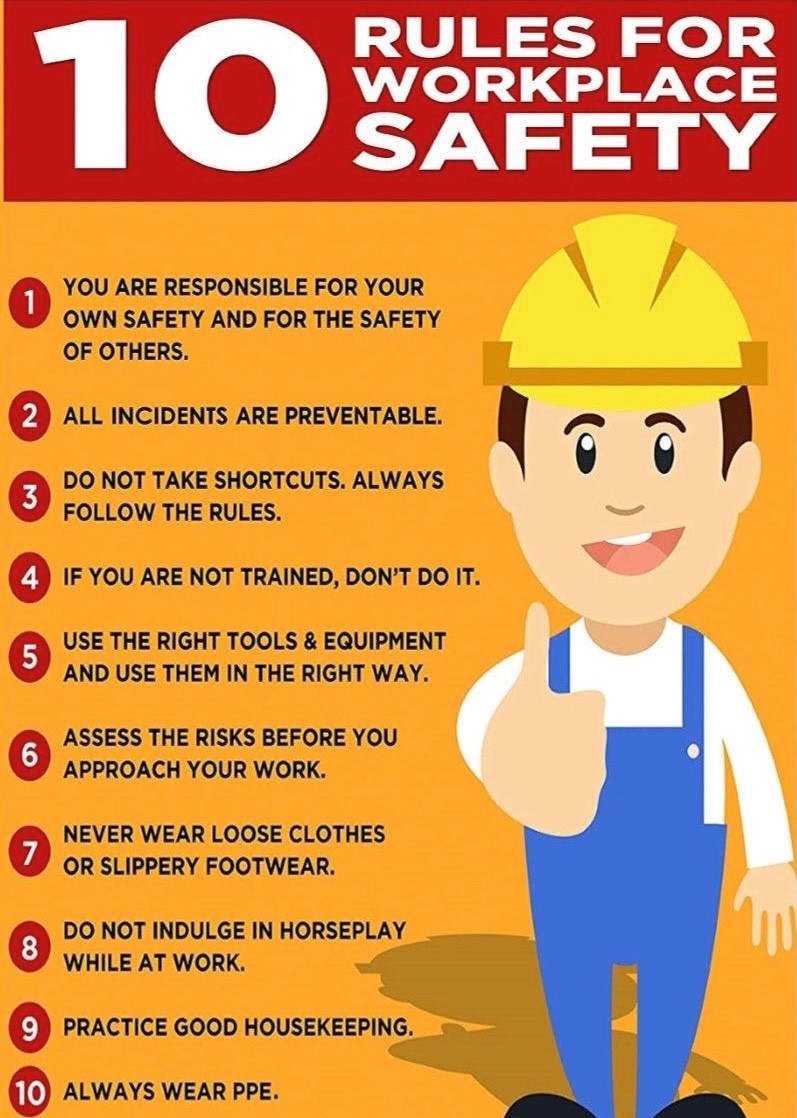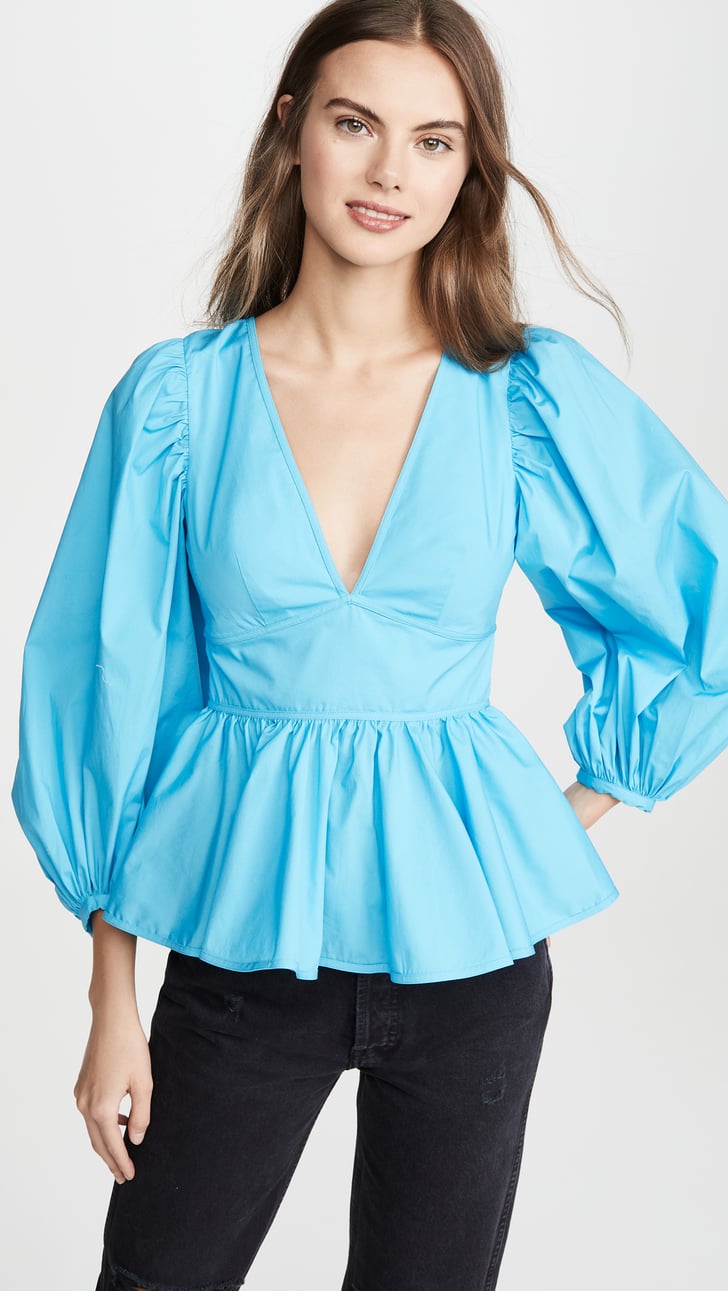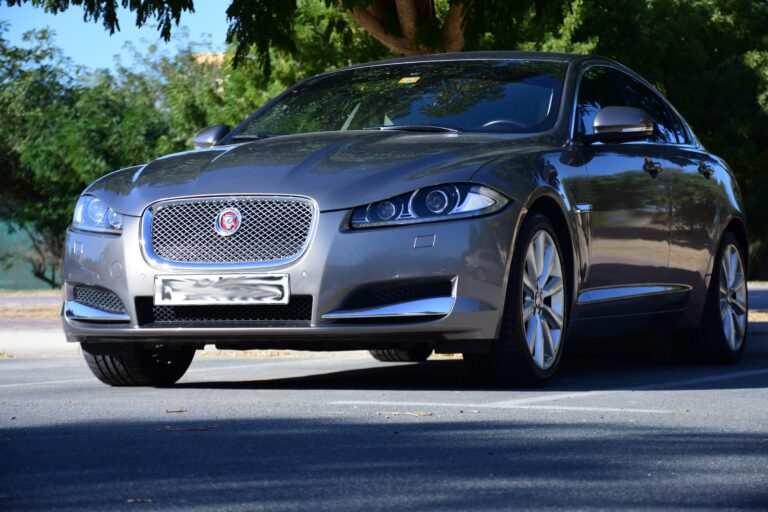Is Safety First A Good Car Seat Brand? A Comprehensive Guide for Parents
Is Safety First A Good Car Seat Brand? A Comprehensive Guide for Parents cars.truckstrend.com
Choosing the right car seat is one of the most critical decisions parents make, directly impacting their child’s safety and well-being on every journey. Amidst a crowded market of car seat manufacturers, Safety 1st stands out as a widely recognized and often-discussed brand. But the question many parents ponder is: "Is Safety First a good car seat brand?" This comprehensive guide aims to thoroughly answer that question, delving into the brand’s offerings, safety features, benefits, potential drawbacks, and practical considerations to help you make an informed decision.
Safety 1st, a brand under the Dorel Juvenile Group, has been a familiar name in baby safety products for decades. Founded in 1984, the company gained prominence with its iconic "Baby on Board" sign and quickly expanded its product line to include a wide array of juvenile safety items, including car seats. Their philosophy has consistently revolved around making essential safety products accessible and affordable for families, aiming to provide peace of mind without breaking the bank. Understanding whether this commitment translates into a truly "good" car seat brand requires a closer look at their products, performance, and user experience.
Is Safety First A Good Car Seat Brand? A Comprehensive Guide for Parents
A Legacy of Accessibility: The Safety 1st Philosophy
Safety 1st emerged at a time when child safety awareness was growing, but accessible solutions were not always readily available. Their initial focus on home safety products quickly expanded to include car seats, leveraging their growing reputation for practical, budget-friendly solutions. The brand’s core philosophy centers on the belief that every child deserves to be safe, and safety products should be within reach for all families. This commitment to affordability, combined with adherence to rigorous safety standards, forms the cornerstone of the Safety 1st brand identity.
While some premium brands focus on high-end materials and advanced technological integrations that come with a hefty price tag, Safety 1st typically aims for functionality, reliability, and compliance with all necessary safety regulations at a more competitive price point. This positioning makes them a popular choice for budget-conscious families or those looking for a dependable secondary car seat.
Understanding the Safety 1st Car Seat Product Range
Safety 1st offers a diverse portfolio of car seats designed to accommodate children from infancy through their booster seat years. This range ensures that parents can often find a Safety 1st option suitable for each stage of their child’s development.
- Infant Car Seats: Designed for newborns and infants, these rear-facing-only seats typically come with a stay-in-car base, allowing parents to easily click the carrier in and out without disturbing a sleeping baby. Safety 1st infant seats are known for being lightweight and easy to carry.
- Convertible Car Seats: These versatile seats are designed to transition from rear-facing (for infants and toddlers) to forward-facing (for older toddlers and preschoolers). This multi-stage functionality means a longer lifespan for the car seat, often saving parents money in the long run. Safety 1st offers several popular convertible models.
- All-in-One Car Seats: Taking versatility a step further, all-in-one car seats are designed to be used from infancy through booster stage (rear-facing, forward-facing, and then belt-positioning booster). These seats offer the ultimate longevity, though they can be bulkier than single-stage options.
- Booster Seats: For older children who have outgrown their harnessed car seats but are not yet tall enough to safely use a vehicle’s seat belt alone, Safety 1st offers high-back and backless booster seats. These help position the vehicle’s seat belt correctly over the child’s shoulder and lap.

Beyond these core categories, Safety 1st also integrates various features across its models, such as side impact protection, adjustable headrests and harnesses, multiple recline positions, and LATCH (Lower Anchors and Tethers for Children) compatibility, all aimed at enhancing safety and ease of use.
Key Features and Safety Compliance

A crucial aspect of evaluating any car seat brand is its adherence to safety standards and the features it incorporates to protect children. In the United States, all car seats sold must meet or exceed Federal Motor Vehicle Safety Standard (FMVSS) 213. This standard dictates rigorous crash testing and performance requirements.
Safety 1st car seats consistently meet these federal safety standards. This means that, at a fundamental level, any Safety 1st car seat you purchase has undergone stringent testing and is deemed safe for use according to government regulations.
Beyond baseline compliance, Safety 1st often includes features such as:
- Side Impact Protection: Many models incorporate deep side wings and energy-absorbing foam to help protect a child in the event of a side-impact collision.
- Adjustable Harness Systems: No-rethread harnesses are common, allowing parents to adjust the harness height without disassembling the seat, ensuring a proper fit as the child grows.
- LATCH System: Most Safety 1st car seats are equipped with LATCH connectors for easier and more secure installation in compatible vehicles.
- Multiple Recline Positions: Essential for proper installation angle (especially rear-facing) and child comfort.
- Removable, Washable Fabrics: Practical for dealing with inevitable spills and messes.
- Cup Holders: A convenient feature, especially for older children.

While Safety 1st may not always boast the most innovative or proprietary safety technologies found in some high-end brands (e.g., self-tightening LATCH systems or advanced anti-rebound bars on all models), their core offerings provide essential protection and functionality.
The Pros and Cons: A Balanced Perspective
To truly answer "Is Safety First a good car seat brand?", it’s vital to weigh its advantages against potential drawbacks.
Advantages of Safety 1st Car Seats:
- Affordability: This is arguably Safety 1st’s strongest selling point. They offer some of the most competitively priced car seats on the market, making child safety accessible to a wider range of families.
- Wide Availability: Safety 1st products are readily available at major retailers, both online and in brick-and-mortar stores, making them easy to find and purchase.
- Meets Safety Standards: All Safety 1st car seats comply with federal safety standards, ensuring a baseline level of protection.
- Versatility: Their range includes convertible and all-in-one options that grow with your child, offering long-term value.
- Lightweight Designs (especially infant seats): Many of their infant carriers are notably lighter than some competitors, making them easier to transport.
- Simple Functionality: For parents who prefer straightforward designs without overly complex features, Safety 1st often delivers.
Considerations (Potential Cons) of Safety 1st Car Seats:
- Perceived "Budget" Brand: While meeting safety standards, some parents might perceive them as a "budget" option, leading to assumptions about quality that aren’t always fair.
- Less Premium Features: Compared to higher-priced brands, Safety 1st models might lack some of the "luxury" features, such as super plush padding, magnetic buckle holders, or highly advanced LATCH systems that auto-tighten.
- Installation Challenges (Varies by Model): While many find Safety 1st seats easy to install, some specific models, like certain convertible seats, have been reported by users to be challenging to get a secure fit in some vehicles, requiring significant effort. This is not unique to Safety 1st, but worth noting.
- Comfort/Padding: While adequate, the padding and fabric quality might not be as luxurious or breathable as those found in more expensive seats, which can be a factor for long trips.
- Customer Service: Reviews on customer service can be mixed, though this is common across many large brands.
How to Choose the Right Safety 1st Car Seat for Your Family
If you’ve decided to consider a Safety 1st car seat, here’s how to ensure you pick the best one for your needs:
- Match to Child’s Stage: Determine if you need an infant, convertible, all-in-one, or booster seat based on your child’s age, weight, and height. Always refer to the seat’s specific limits.
- Vehicle Compatibility: Crucially, not every car seat fits perfectly in every vehicle. Research the specific Safety 1st model you’re considering and check user reviews for compatibility with your car’s make and model. Test fitting if possible is ideal.
- Read the Manual: This cannot be stressed enough. Every car seat has unique installation instructions, harness adjustments, and recline requirements. The manual is your ultimate guide.
- Consider Your Lifestyle: Do you frequently travel? Do you need to move the seat between multiple cars? An infant carrier might be best for portability, while an all-in-one offers ultimate longevity in one vehicle.
- Budget vs. Features: Safety 1st excels in affordability. Decide which features are "must-haves" versus "nice-to-haves." If you prioritize a lower price point and essential safety, Safety 1st is a strong contender.
Installation Tips and Best Practices
Proper installation is paramount for car seat safety, regardless of the brand.
- Read Your Manuals: Read both your car seat manual AND your vehicle’s owner’s manual regarding car seat installation.
- Choose One Installation Method: Use either LATCH or the vehicle’s seat belt, but never both simultaneously unless explicitly stated in both manuals (which is rare).
- The "Inch Test": Once installed, grasp the car seat at the belt path (where the LATCH strap or seat belt runs through) and try to move it side-to-side and front-to-back. It should not move more than one inch in any direction.
- Harness Fit: The harness straps should be snug against your child’s body, with no slack. You shouldn’t be able to pinch any excess webbing at the shoulder. For rear-facing, straps should be at or below the shoulders. For forward-facing, straps should be at or above the shoulders.
- Chest Clip Position: The chest clip should be at armpit level.
- Recline Angle (Rear-Facing): Ensure the seat is reclined at the correct angle for your infant, usually indicated by a built-in level indicator on the car seat.
- Seek Professional Help: If you have any doubts, find a certified Child Passenger Safety Technician (CPST) in your area (search online via Safe Kids Worldwide) who can check your installation or teach you how to install it correctly.
Maintenance and Longevity
Safety 1st car seats, like all car seats, have an expiration date, typically stamped on the plastic shell. This is crucial as materials degrade over time, and safety standards evolve. Never use an expired car seat. Also, car seats should be replaced after a moderate to severe crash, even if there’s no visible damage, as internal components might be compromised. Always check Safety 1st’s policy on accident replacement. Cleaning instructions are usually in the manual; most covers are machine washable.
Price Table: Representative Safety 1st Car Seat Price Ranges
It’s important to note that car seat prices fluctuate based on retailer, sales, specific model features, and new product releases. The table below provides representative price ranges for different types of Safety 1st car seats. These are estimates and can vary significantly.
| Car Seat Type | Typical Price Range (USD) | Key Features Often Included | Ideal For |
|---|---|---|---|
| Infant Car Seats | $80 – $150 | Lightweight carrier, stay-in-car base, LATCH compatibility, side impact protection. | Newborns to 1 year (or specified weight/height limit), easy in-and-out of car. |
| Convertible Car Seats | $100 – $250 | Rear-facing and forward-facing modes, adjustable harness, multiple recline positions, LATCH. | Infants (from birth) through toddlerhood, offers longer use than infant seat. |
| All-in-One Car Seats | $150 – $350 | Rear-facing, forward-facing, and belt-positioning booster modes, extended weight/height limits. | Longest use, from infancy through booster stage, ultimate value over time. |
| Booster Seats | $40 – $100 | High-back or backless options, proper seat belt positioning, cup holders. | Older children who have outgrown harnessed seats but need belt positioning. |
Disclaimer: Prices are approximate and subject to change based on retailer, promotions, and specific model features. Always check current retail prices.
Frequently Asked Questions (FAQ) About Safety 1st Car Seats
Q1: Are Safety 1st car seats truly safe?
A1: Yes, absolutely. All Safety 1st car seats sold in the United States meet or exceed the rigorous Federal Motor Vehicle Safety Standard (FMVSS 213), which includes extensive crash testing. This means they are deemed safe by federal regulations.
Q2: How long can I use a Safety 1st car seat?
A2: Every car seat has an expiration date, typically stamped on the plastic shell of the seat itself. This date is usually 6-10 years from the date of manufacture. Materials degrade over time, and safety standards evolve, so it’s crucial to adhere to the expiration date.
Q3: Where can I buy Safety 1st car seats?
A3: Safety 1st car seats are widely available at major retail stores like Walmart, Target, Amazon, BuyBuy Baby, and other online retailers specializing in baby products.
Q4: Are Safety 1st car seats easy to install?
A4: Installation ease can vary by specific model and vehicle. While many Safety 1st seats feature LATCH systems for straightforward installation, it’s essential to always read both the car seat manual and your vehicle’s owner’s manual. If you have any doubts, seek help from a certified Child Passenger Safety Technician (CPST).
Q5: What should I do with a Safety 1st car seat after an accident?
A5: The general recommendation from car seat manufacturers and safety experts is to replace a car seat after any moderate to severe crash, even if there’s no visible damage. Safety 1st, like most brands, follows this guideline. Check their specific policy or contact their customer service for clarification on accident replacement.
Q6: Do Safety 1st car seats have good customer service?
A6: Customer service reviews for large brands like Safety 1st can be mixed, but they generally have established channels for support, including phone and online contact. For specific issues, it’s best to reach out directly to their support team.
Concluding Thoughts: Is Safety First A Good Car Seat Brand?
In conclusion, "Is Safety First a good car seat brand?" The answer is a resounding yes, within its market segment. Safety 1st consistently provides car seats that meet federal safety standards, offering essential protection for children. Their primary strength lies in their commitment to affordability and accessibility, making reliable child safety solutions available to a broad range of families.
While they may not always boast the luxurious materials or cutting-edge features found in higher-priced competitors, Safety 1st car seats are perfectly capable of keeping your child safe when properly installed and used according to the manufacturer’s instructions. For parents seeking a dependable, budget-friendly option that fulfills all safety requirements without unnecessary frills, Safety 1st is an excellent choice. The key, as with any car seat, lies in diligent research of the specific model, meticulous installation, and adherence to all usage guidelines. Ultimately, a "good" car seat is one that fits your child, fits your vehicle, and is used correctly every single time. Safety 1st certainly offers viable options that fit this criteria.




